As a homeowner, ensuring the structural integrity of your house should be a top priority. The stability of your home’s foundation and framework can impact its value, safety, and longevity.
One crucial element of any home’s structural framework is the floor joist. Floor joists are the horizontal boards that support the subfloor of your home, which, in turn, supports the weight of your flooring and any fixtures or furniture on top of it.
Here, we will delve into the world of floor joist repair plates and explore how they can provide key solutions for stability. We’ll discuss common causes of floor joist damage, the importance of repairing them, and how to choose the right type of repair plate for your specific needs.
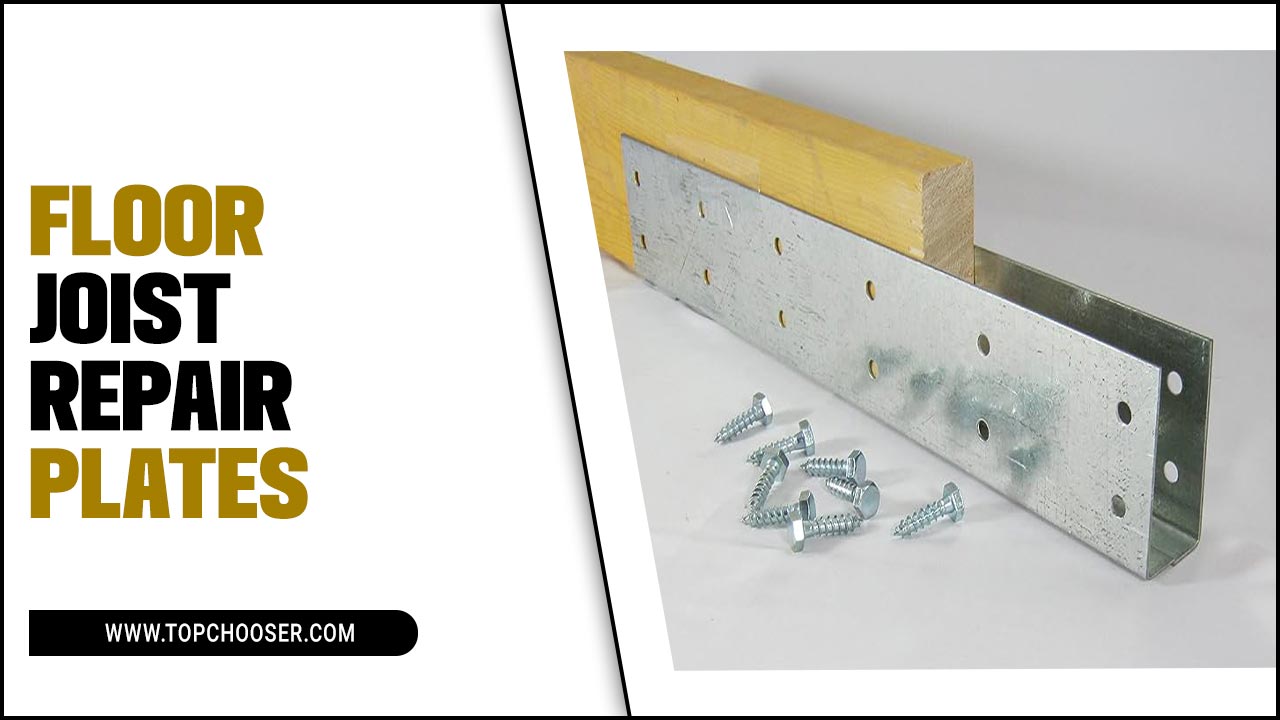
Signs That Indicate The Need For Floor Joist Repair
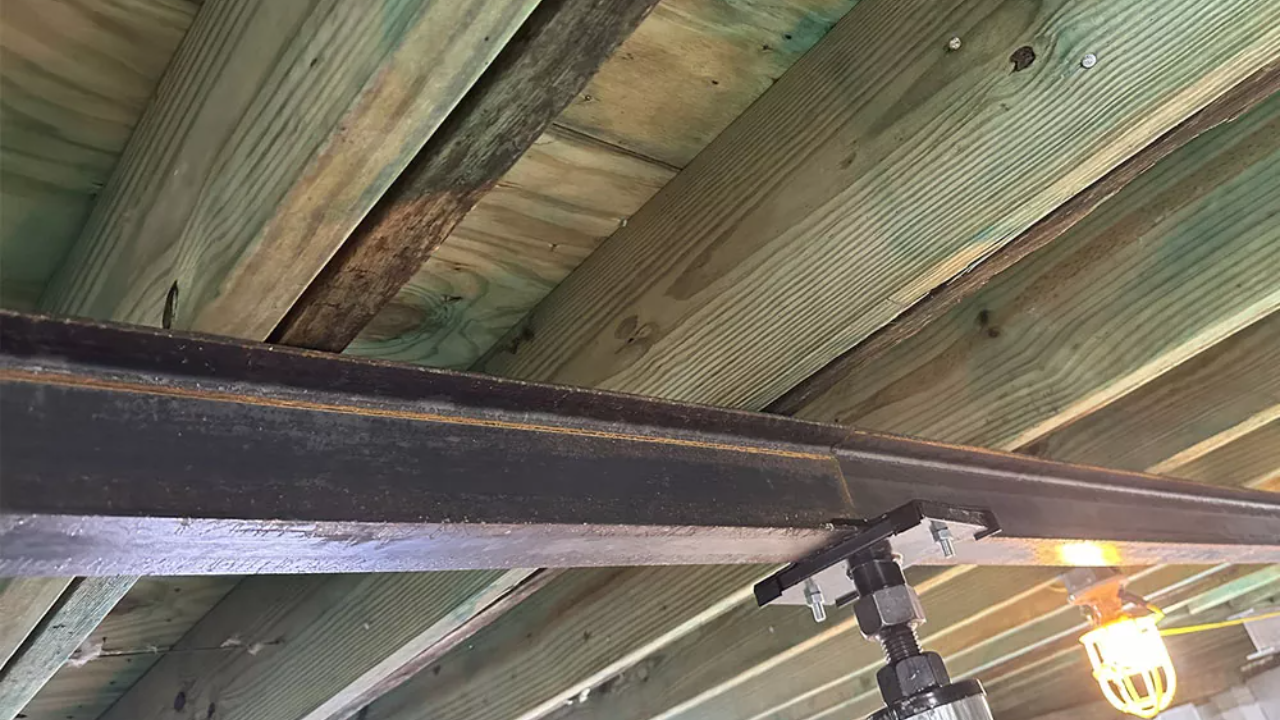
Floor-joist repair plates may be necessary if you notice certain signs of damage joists. Some common signs that indicate the need for floor joist repair include sagging or uneven floors, creaking or squeaking sounds when walking on the floor, visible cracks or splits in the joists, or a noticeable bounce or give in the floor.
These signs can indicate structural issues with the floor’s broken joist, which can compromise the stability and safety of your home. Here are the signs:
– Sagging or uneven floors
– Creaking or squeaking noises when walking on the floor
– Visible cracks and damp walls or ceiling
– Doors that stick or do not close properly
– Bouncy or spongy areas of the floor
– Nails popping out of the floorboards
Common Causes Of Floor Joist Damage
Floor joist damage can occur for a variety of reasons, and it is important to identify the cause in order to properly repair and prevent further damage. One common cause of floor joist damage is moisture or water infiltration, which can lead to rot, decay, and weakening of piece of wood.
Another common cause is improper installation or construction, such as using undersized joists or inadequate support systems. Additionally, excessive loads or weight placed on the floor can also contribute to joist damage over time. By addressing these common causes and implementing appropriate repairs, you can ensure the structural integrity and longevity of your attic floor joists.
Floor Joist Repair Plates: Key Solutions For Stability
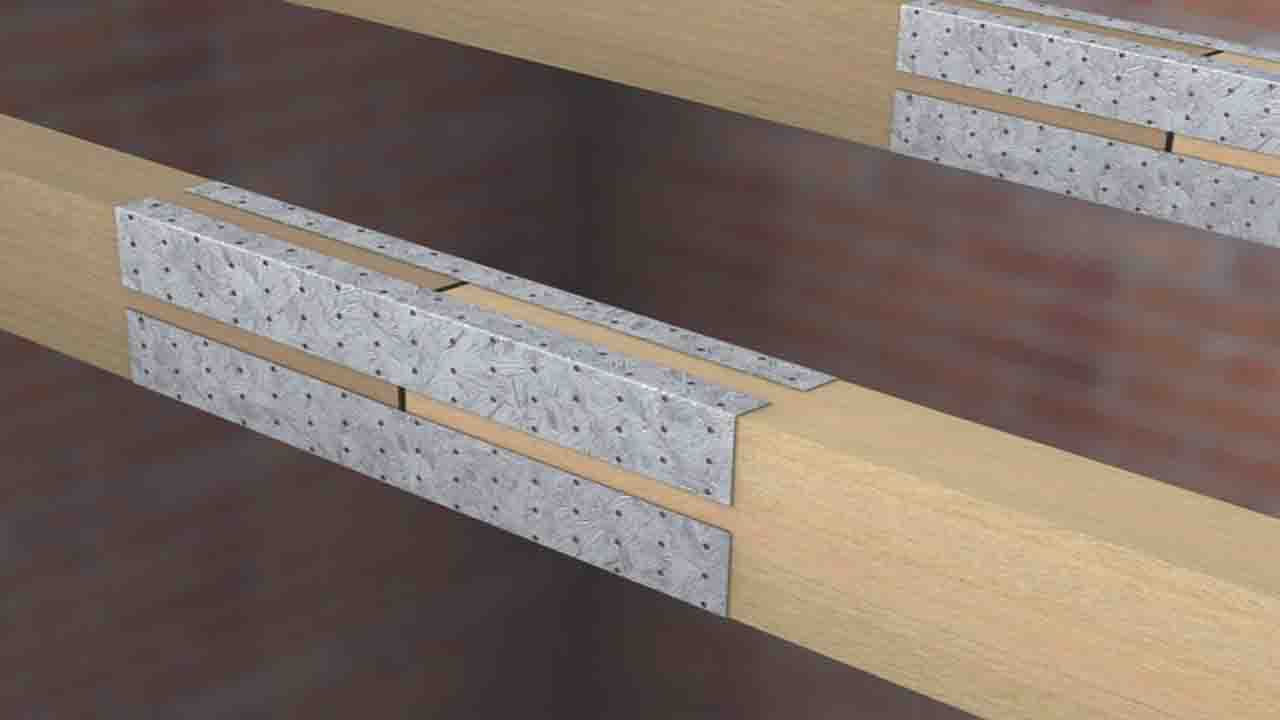
Floor joist repair plates play a crucial role in maintaining structural integrity. These plates, available in various types, offer effective solutions for ensuring stability in floor joists. For floor joist damage, it’s important to be aware of the common signs that indicate the need for repair plates.
These indicators, from sagging floors to cracks in the walls, shouldn’t be ignored. Repair plates are a cost-effective alternative to full replacement, saving time and money. The installation involves assessing the damage, preparing the area, and securing the repair plates using structural screws or fasteners. Following best practices and guidelines during installation ensures a secure and long-lasting repair.
How To Install Floor-Joist Repair Plates
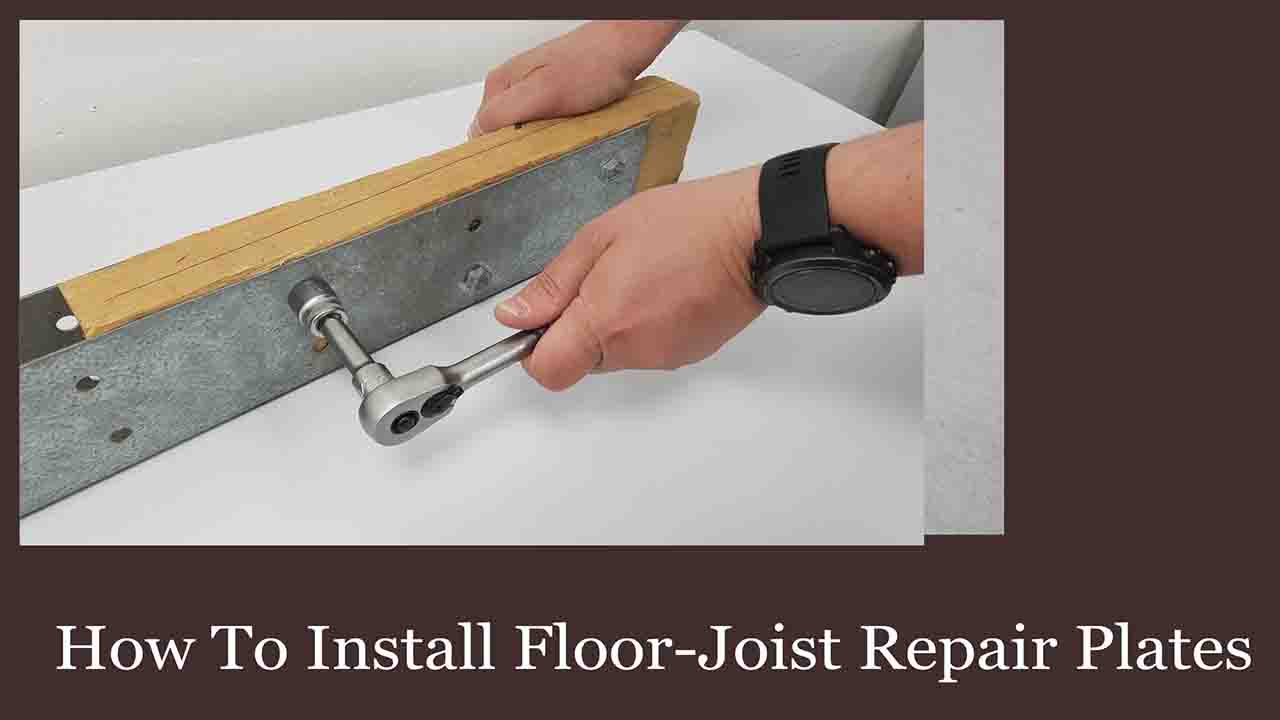
Installing floor-joist repair plates can help strengthen and stabilize your flooring system. By following these steps, you can effectively install floor-joist repair plates and restore the strength of floor joists and the stability of your flooring system. Here are the steps to guide you through the installation process:
- Identify the damaged or weakened floor joists that need to be repaired.
2. Measure and cut the repair plates to match the length of the damaged joists.
3. Place the repair plates on both sides of the damaged joists, ensuring they are properly aligned and flush against the pieces of wood.
4. Predrill floor joist hole repair through plates and into the joists using an appropriate drill bit.
5. Secure the repair plates to the joists using screws, making sure they are tightly fastened.
6. Repeat these steps for each damaged joist that needs repair.
7. Once all repair plates are installed, double-check their stability and ensure they provide adequate support to the floor structure.
Common Mistakes To Avoid During The Installation Process
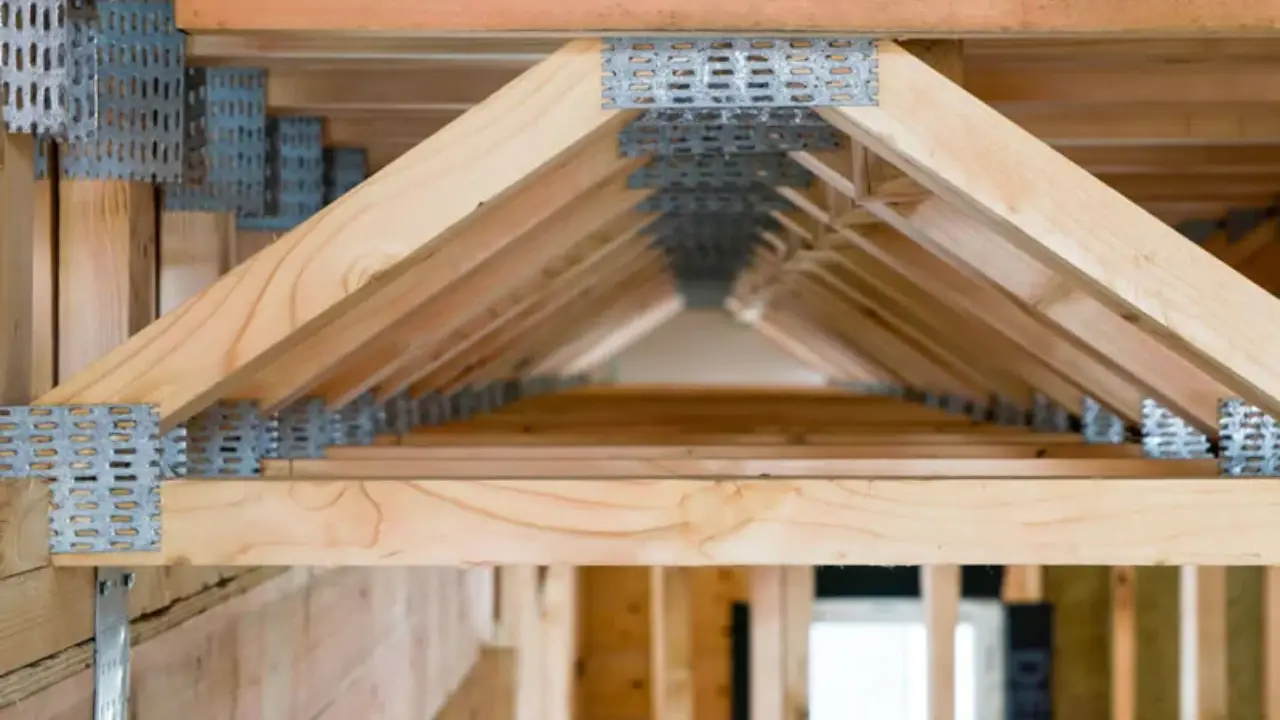
Regarding installing floor-joist repair plates, it’s important to avoid common mistakes that can compromise the structural integrity of your flooring system. One common mistake is failing to properly align the repair plates with the existing joists.
This can lead to uneven support and potential sagging or buckling of the floor. Another mistake to avoid is using insufficient or incorrect fasteners. It’s crucial to use high-quality, corrosion-resistant screws or nails that have specific designs for this type of application.
Additionally, make sure to follow the manufacturer’s guidelines and recommendations for spacing and installation techniques. By avoiding these common mistakes, you can ensure a successful installation and maintain the stability and durability of your floor joists.
The Importance Of Repairing Floor Joists
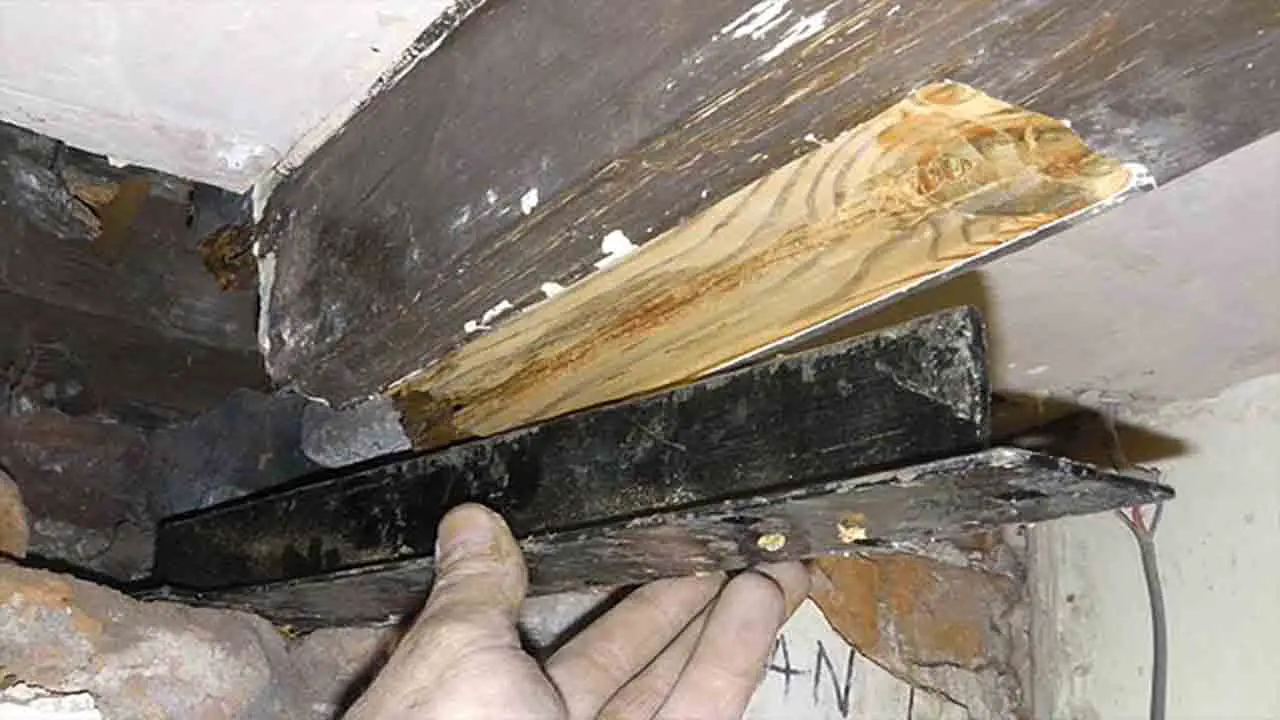
Repairing floor joists is crucial for maintaining the structural integrity of a building. Floor joists provide support to the floors above and distribute the weight evenly across the foundation wall. Over time, floor joists can become weakened or damaged due to factors such as moisture, pests, or age. This can lead to sagging floors, uneven surfaces, or even collapse if left unaddressed.
Repairing floor joists involves identifying the cause of the damage and implementing appropriate solutions, such as installing repair plates. These plates help reinforce the weakened areas of the joists and prevent further deterioration. By repairing floor joists in a timely manner, property owners can ensure the safety and stability of their structures for years to come.
Different Types Of Floor-Joist Repair Plates Are Available
There are several types of floor-joist repair plates available that can help strengthen and stabilize damaged or weakened floor joists. Here are some common type son of original joist.
It is important to consult with a professional contractor or structural engineer before choosing a specific type of repair plate, as they can assess the severity of the damage and recommend the most appropriate solution for your specific situation.
- Steel repair plates
- Plywood gussets
- Laminated veneer lumber (LVL) patches
- Adjustable steel brackets
Choosing The Right Type Of Repair Plate For Your Floor Joists
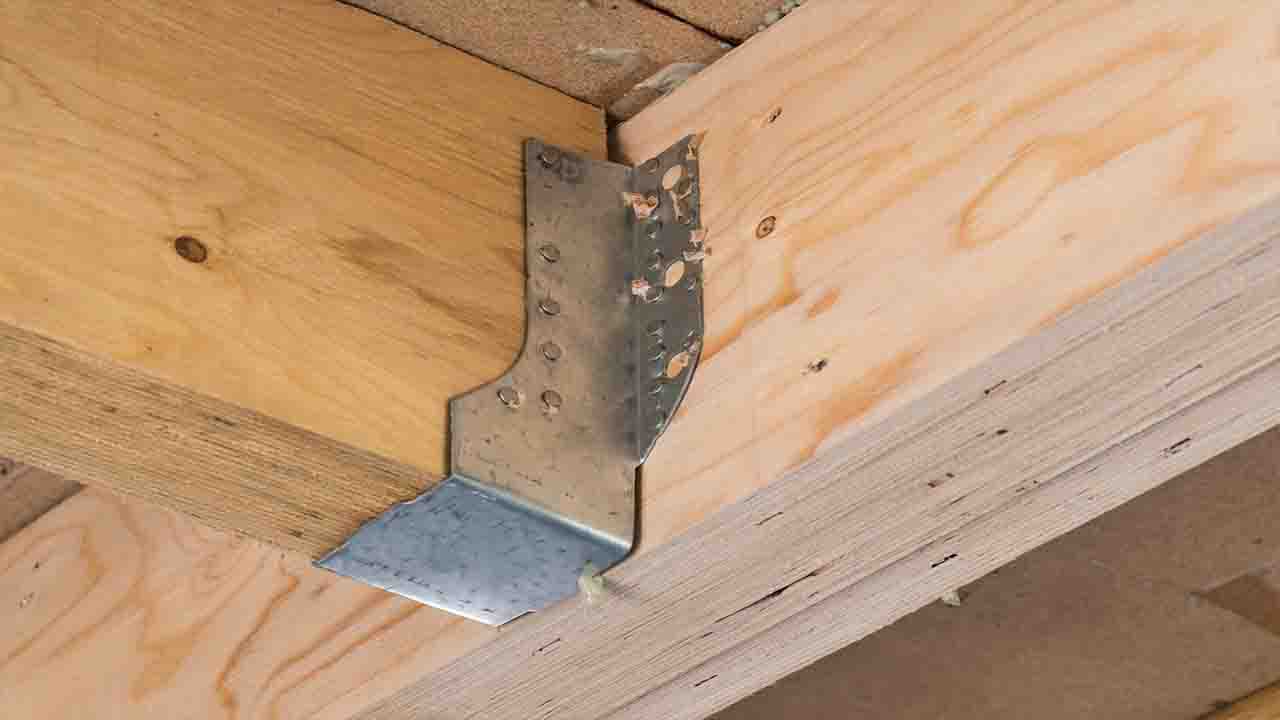
There are a few options when choosing the right type of repair plate for your floor joists. One option is steel plates, known for their durability and strong support. These plates can provide the reinforcement needed for damaged or weakened floor joists. However, it’s important to note that installing steel plates may require professional assistance.
Another option to consider is plywood gussets. These are more affordable and easier to install compared to steel plates. However, plywood gussets may not offer the same strength as steel plates. The choice between steel plates and plywood gussets will depend on factors such as the extent of damage to the floor joists and the structural requirements of the building.
Maintenance And Inspection Procedures For Floor Joists
Regular maintenance and inspection are crucial for maintaining the structural integrity of floor joists. Floor repair plates provide an effective solution to reinforce weakened or damaged joists. People typically install these plates made of steel to offer additional support and stability.
During inspections, it is important to look for signs of sagging, cracking, or splitting, as these may indicate the need for repair or reinforcement. Consulting with a professional contractor or engineer is vital to determine the best action.
Following proper maintenance and inspection procedures, including using joist repair plates when necessary, homeowners can ensure their flooring and subfloor’s long-term stability and safety.
The Benefits Of Using Floor-Joist Repair Plates
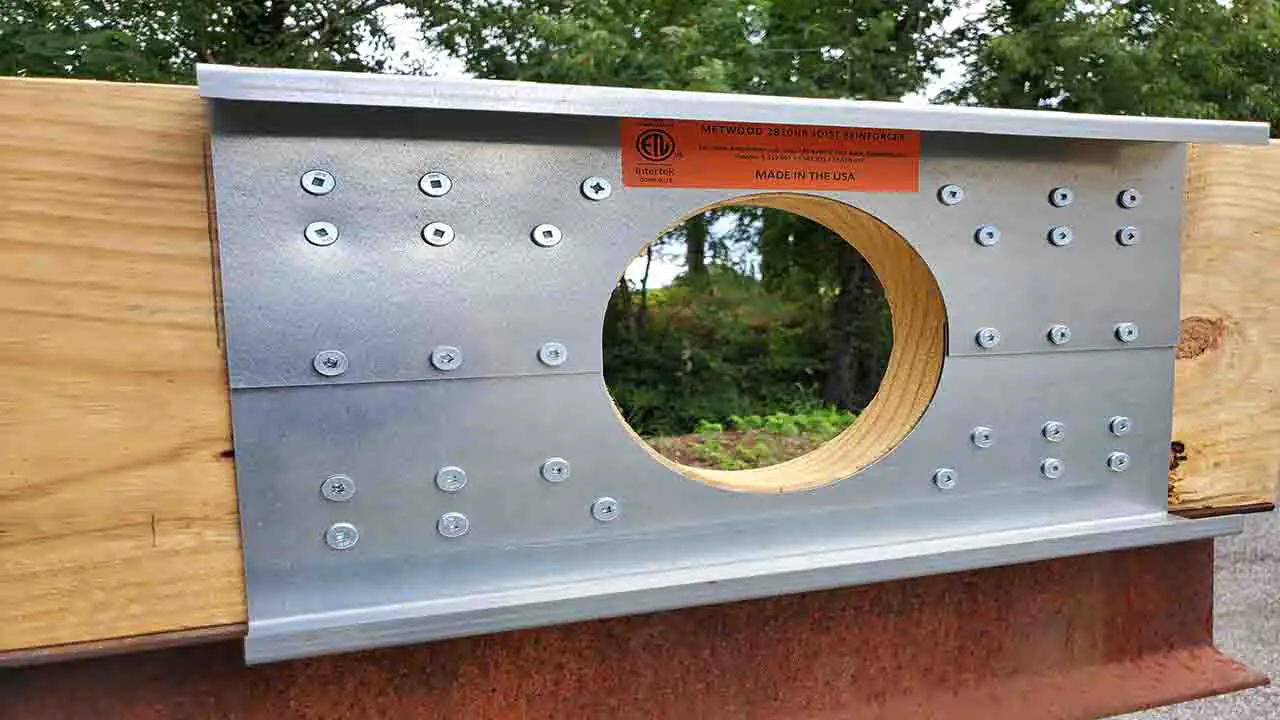
Using floor-joist repair plates can offer several benefits for repairing and reinforcing damaged floor joists. These plates have specific designs to provide added support and stability to weakened or compromised joists, helping to prevent further damage and ensure the structural integrity of the floor. The main benefits of using floor-joist repair plates include:
- Increased Strength: Repair plates are made from strong and durable materials such as steel, which can significantly increase the load-bearing capacity of the joists.
- Easy Installation: Repair plates are typically easy to install, requiring minimal tools and time. They can be attached directly to the damaged area of the joist using screws or nails.
- Cost-Effective Solution: In many cases, using repair plates can be a cost-effective alternative to replacing entire floor joists. By reinforcing the damaged areas, you can avoid the need for more extensive repairs.
- Versatile Application: Floor-joist repair plates can be used in various situations, including repairing sagging floors, reinforcing weakened areas, or providing additional support in high-load areas.
Overall, using floor-joist repair plates is a practical and efficient way to address structural issues in your flooring system and ensure its long-term durability.
Conclusion
Contractors use joist plates in the construction and repair of wood floors. People use steel plates to secure joists in place. You can make joist plates out of concrete or wood and bolt or screw them into place. Floor joist repair plates are essential in ensuring your home’s structural integrity.
These plates support and reinforce weakened or damaged floor joists, preventing further deterioration and potential safety hazards. By installing floor joist plates, you can effectively extend the lifespan of your flooring system and maintain the stability of your home.
If you’re experiencing issues with your floor joists or want to protect against future damage proactively, consider investing in high-quality repair plates. They are a cost-effective solution that will give you peace of mind and help preserve the value of your property for years to come.
Frequently Asked Questions
[rank_math_rich_snippet id=”s-020800b0-db44-4763-9f86-09d5ea75f17e”]

I am passionate about home engineering. I specialize in designing, installing, and maintaining heating, ventilation, and air conditioning systems. My goal is to help people stay comfortable in their homes all year long.
